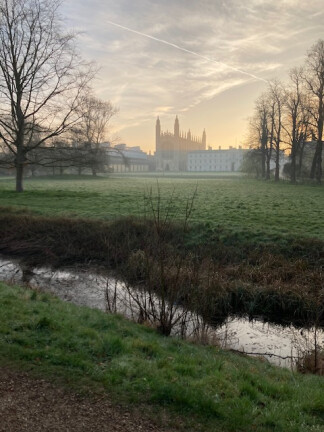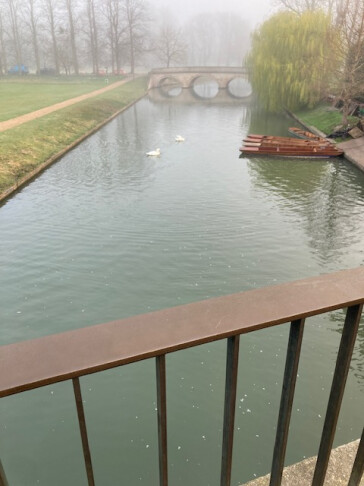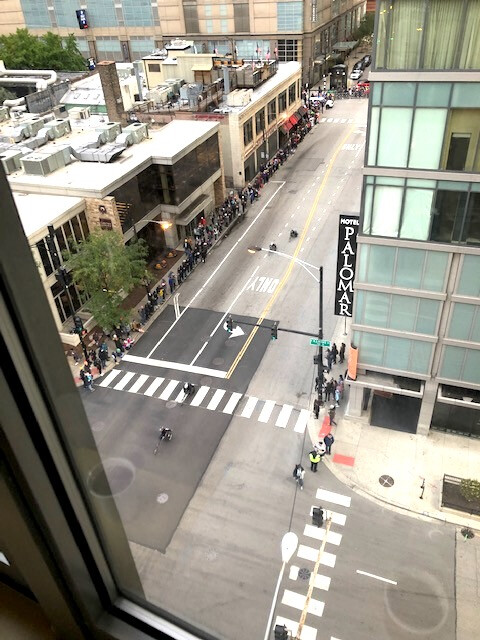Cambridge: an appreciation


I want to say, right off, how grateful I am to EDOD and Ridley, Cambridge for these two weeks of study. The environs of the university are beautiful and green, the people most gracious, even if we had at times to strain to hear what we were saying to each other in the same language! Meanwhile, my prayer is that the walkabout is informative for the diocese, and as collegial as I remember it to have been.
My first observation is how we learn at times by hearing the same message in a new key. I reside in an evangelical Anglican theological college in a university setting- not unfamiliar to me. And the challenges of the C of E at present are familiar too. But we see ourselves different, at a slant, in listening to our cousins. Likewise I was invited to hear Bach’s St.John Passion in the Trinity College Chapel. To hear the familiar words in a lyrical lament in a foreign tongue provides the distance that allows really to hear- Pilate’s ‘was ist Wahrheit?’ (‘What is truth?’), or Jesus’ ‘Es ist vollbracht’ (‘it has been brought to fulfillment’).
Second, being here, as an American not quite in King Arthur’s court, makes one appreciate the witness of the old. It can of course mean the hidebound or sleepy. But we live in a culture addicted to change and speed (in regard to which I mean to read Hartmut Rosa’s book on the contemporary acceleration of time.) To attend a concert in Henry VIII’s chapel, eat breakfast in J.C.Ryle’s seminary, and take communion in Charles Simeon’s parish are invigorating for me, a Prayer Book Christian. In our world, standing still may be at times the most radical of witnesses.
(A small part of my nearly-complete pastoral letter on theology and technology was written in a coffee house looking out on King’s College where, 90 years ago, a young grad student named Alan Turing began a career that would lead to the birth of the computer.)
I do not cease to pray for you all, in spite an ocean in-between.
Peace,
+GRS



